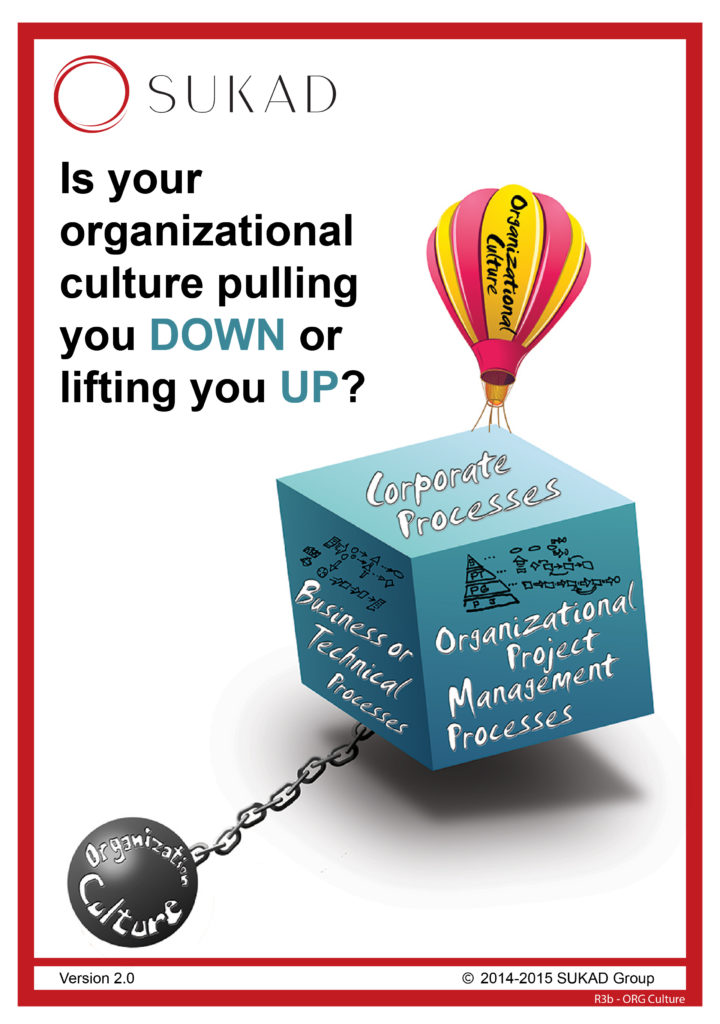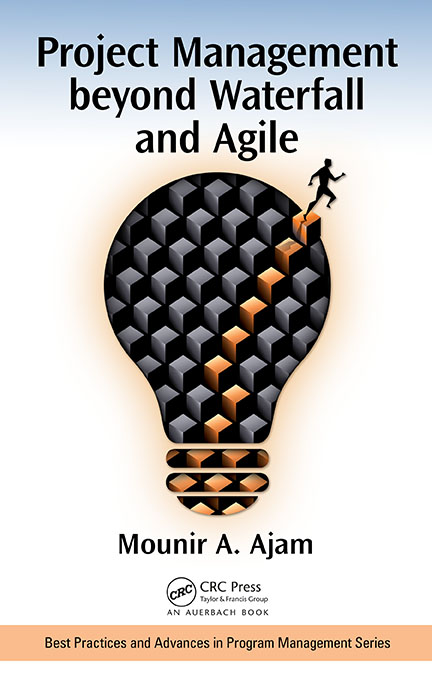This article was also published on LinkedIn
A good friend and global virtual colleague, Mr. Neville Goedhals, has suggested this post and even provided the title. Initially, he suggested a title like “Become a highly paid professional in 35 hours”, just for fun but settled on “The current dire straits of Project Management”, to be more serious. You can refer to Project Management beyond Waterfall and Agile for more information.
The following text is extracted from the Preface of Project Management beyond Waterfall and Agile; a book published by CRC Press Leading Practices and Advances in Program Management.
The Preface of Project Management beyond Waterfall and Agile
Over the last few decades, the field of project management has seen significant growth and acceptance across sectors, industries, and domains. Project management skills are in demand across organizational levels. There are numerous certifications in project management—maybe more than fifty—offered by various professional associations and private companies. It would be safe to say that there are more than a few million practitioners with one project management certificate or another.
Furthermore, in 2016 we witnessed the government of the United Kingdom recognizing project management by granting Chartered Status to the Association of Project Management; the United States also passed a law for projects and programs accountability within the US Government. Furthermore, there is PM2, a project management methodology developed by and for the European Commission, which includes certifications for their staff.
Nevertheless, projects continue to fail or face many challenges.
Many executives still have not accepted or respected project management enough to make it a formal and permanent function in their organizations. For example, positions such as chief project officer or head of projects are still exceedingly rare. Also, project management departments, outside the capital projects industries, are a rare phenomenon. There are project management offices (PMOs), but many of these fail within two or three years from inception or do not deliver outstanding value to organizations. However, it is important to state that some organizations are becoming better in building their project management offices.
It is still common to observe the accidental project manager’s syndrome. An accidental project manager is a professional who stumbles into project management, leaving behind project outcomes that are less than optimal. In other words, in these organizations, anyone can manage projects, but when it comes to finance, strategy, engineering, human resources, or marketing, these organizations insist on hiring or training specialists with a background in these domains.
Furthermore, we observe organizations that might invest in training their staff on project management topics. Management even encourages or mandates their employees to achieve one certification or another. However, they do not invest in building proper, comprehensive, and sustainable project management systems for their organization’s various functions. Some of these organizations think that a 2, 3, or 5-day class would be enough to “master project management.”
It is also unfortunate that some professional associations have pushed their certifications to the level of becoming a commodity, where young and inexperienced professionals can follow a jam-packed study program and become certified without having managed a project either in their career or in their personal lives. It is also not uncommon for some of these individuals to memorize a standard or study guide without knowing how to apply the concepts on a real, even simple project.
“Projects fail, blame the methodology.”
“Projects are challenged, blame an incompetent vendor or supplier.”
“Projects do not achieve their objectives; it must be the unforeseen conditions, the unknown-unknowns.”
Individuals and organizations do not realize that this current state of practice is not sustainable. They do not fully understand that the root causes include lack of standardized processes, missing methods or methodological approach, and no real organizational system for managing projects. The unfortunate truth is that global project management associations did not even see the necessity to have guides or standards to build organizational project management systems until two or three years ago, and even when publishing such standards, they do not promote them heavily, perhaps because they are not revenue generators.
Closing
The image below is a modified version of an initial sketch by another friend and colleague, Mr. Nah Wee Yang of Knowledge Method, Singapore.
 What do you think of the above? Agree, disagree, neutral? In any case, share with us your thoughts and we will follow up later with the source and more information.
What do you think of the above? Agree, disagree, neutral? In any case, share with us your thoughts and we will follow up later with the source and more information.
Mounir Ajam, SUKAD Group

